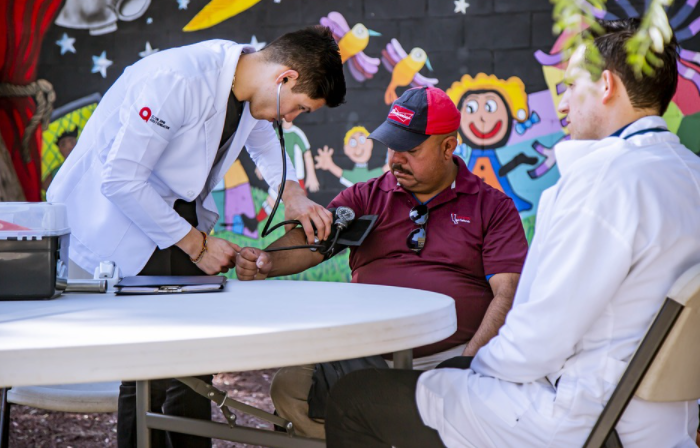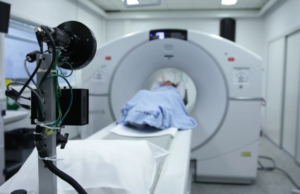In healthcare, we talk about atypical patients. These patients are the so-called “frequent flyers” who often have acute health problems and require immediate help. However, due to the complicated system, these patients can’t be adequately helped. Hence, it’s essential to use an automated patient communication system for any healthcare provider. In this article, we will examine how to use digital automation to improve the overall US healthcare system.

Shift to a Patient-Centric Care Model
Well, no one cares about your overall health except you, your loved ones, and your friends. Instead, we are dealing with health care where many different caregivers are involved in different parts of your care, usually when you are already sick. Also, these caregivers often don’t coordinate with each other, their systems don’t communicate with each other, and there isn’t one person proactively managing all of the patient’s care.
Encourage Greater Automation Use
 Digital automation will be a big step forward for caregivers, whether it’s asking for orders, requesting a doctor’s confirmation, checking to see if a bed is available, or sending the person some directions. Digital automation will be a game-changer in healthcare to help care teams assess patients, triage and create health programs, and assist in lifestyle education and tracking individual outcomes.
Digital automation will be a big step forward for caregivers, whether it’s asking for orders, requesting a doctor’s confirmation, checking to see if a bed is available, or sending the person some directions. Digital automation will be a game-changer in healthcare to help care teams assess patients, triage and create health programs, and assist in lifestyle education and tracking individual outcomes.
Like the aviation industry, healthcare may one day have an autopilot that delivers healthcare automatically. Automatic, personalized appointment reminders can specifically reduce no-shows. These no-shows can have a big impact on revenue throughout the year, even as a reduction in customer satisfaction – Every missed appointment can mean someone else was seen first. Using digital automation properly can simplify and improve the overall management of your medical practice.
Incorporate More Personalization
Traditionally, healthcare providers has a “One size fits all” system which is not a good care plan. Greater personalization of care strategy will help us more quickly treat self-critical, less acute, and therefore somewhat more critical. Frequent flyers who have multiple morbidities may receive relatively more attention to manage their risks. Emails, notes, and text calls can also be made regularly, another time-consuming task that is not always accomplished, even if it reduces absences.
Embrace Advancement in Virtualization
 Millennials and Generation Z are accustomed to constantly supporting their mobile devices and getting everything done. Not only does this lead to more individual engagement, but it also improves the patient encounter. Statistics show that most people would prefer an email reminder to get their new individual appointment. The World Wide Web has become a hub where people work, play, and relax: web-based systems allow people to schedule, reschedule and cancel appointments online, 24 hours a day. In fact, automated appointment scheduling systems give your patients what they need, so why not you!
Millennials and Generation Z are accustomed to constantly supporting their mobile devices and getting everything done. Not only does this lead to more individual engagement, but it also improves the patient encounter. Statistics show that most people would prefer an email reminder to get their new individual appointment. The World Wide Web has become a hub where people work, play, and relax: web-based systems allow people to schedule, reschedule and cancel appointments online, 24 hours a day. In fact, automated appointment scheduling systems give your patients what they need, so why not you!
Prioritize the Patient’s Convenience
Automated appointment scheduling systems and personalized appointment reminder calls can increase patient satisfaction by improving overall practice management—aspects of patient care (though essential). Providing an immediate and consistently high-quality electronic care experience will be essential to persist and thrive, as health care is often experienced through bits and bytes rather than in person. Patients may naturally gravitate toward providers who facilitate access to care and give blessings on the experience.

